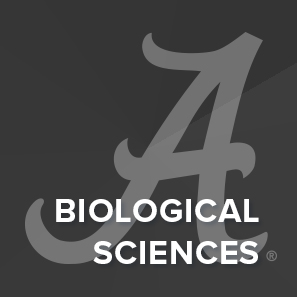
Paul A. LeBlanc
Professor Emeritus
Research Interests
Macrophage activation, the effects of physical conditioning on immune responsiveness (in collaboration with Dr. Schuler at University of West Florida), and secretion of extracellular enzymes in staphylococci (in collaboration with H. Heath and G. Sloan of this department, see their sections for more details).
Macrophages are host defense cells that are capable of many different functions including secretion of a long list of products, phagocytosis (engulfing particulate material), presenting foreign antigens to other cells of the immune response, killing tumor and virally infected cells, and aiding in wound healing. Macrophages can be activated to perform certain functions better than they could before the activation. My main research focus is the interaction of macrophages with their surroundings and how this interaction can change their function; in particular, how macrophages interaction with tumor cells as opposed to virally infected cells. Recent studies have shown that the same macrophage population can be activated to kill tumor cells but not virally infected cells and by another means of activation made to kill virally infected cells but not tumor cells. Further, macrophages can be activated to bind to virally infected cells using a lower concentration of activating signal than is needed to induce binding to tumor cells. Current studies are focusing on questions such as: Does contact with the target cell change the function of the macrophage? Can products secreted by the target cell change the function of the macrophage? Are the same second signal pathways used for activation to kill each target?
Selected Publications
- Crowder, C.W., Murphy, W.J., Russell, S.W., and LeBlanc, P.A. 1999. Interaction with vesicular stomatitis virus infected BALB/c3T3 cells inhibits the synthesis of nitric oxide in activated murine bone marrow culture derived macrophages. J. Leukocyte Biol. 65: 605-613.
- Schuler, P.B., Lloyd, L.K., LeBlanc, P.A., Clapp, T.A., Abadie, B.R., and Collins, R.K. 1999. The effect of physical activity and physical fitness on the production of specific antibody in response to influenza virus vaccine in college students. J. Sports Med. Phys. Fit. 39: 233-239.
- Bunn, W. J., H. E. Heath, P. A. LeBlanc, and G. L. Sloan. 1998. Wall-associated processing of extracellular enzymes of Staphylococcus simulans biovar staphylolyticus. FEMS Microbiol. Lett. 165: 123-127.
- Wang, L.L., Mehta, I.K., LeBlanc, P.A., and Yokoyama, W.M. 1997. Mouse NK cells express gp49B1, a structural homologue of human killer inhibitory receptors. J. Immunol. 158:13-17.
- Schuler, P. B., LeBlanc, P. A., and Westerfield, R. C. 1995. The effect of moderate physical activity on the production of antibody in response to bovine serum albumin in rats. Med. Exerc. Nutr. Health 4:339-344.
- Derrick, S. and LeBlanc P. A. 1995. Induction of macrophage binding of virally infected cells by low levels of LPS. J. Leukocyte Biol. 57:569-573.
- LeBlanc, P. A. 1994. Activation of macrophages for cytolysis of virally infected cells by monoclonal antibody to the 73kDa lipopolysaccharide receptor. J. Leukocyte Biol. 55:262-264.